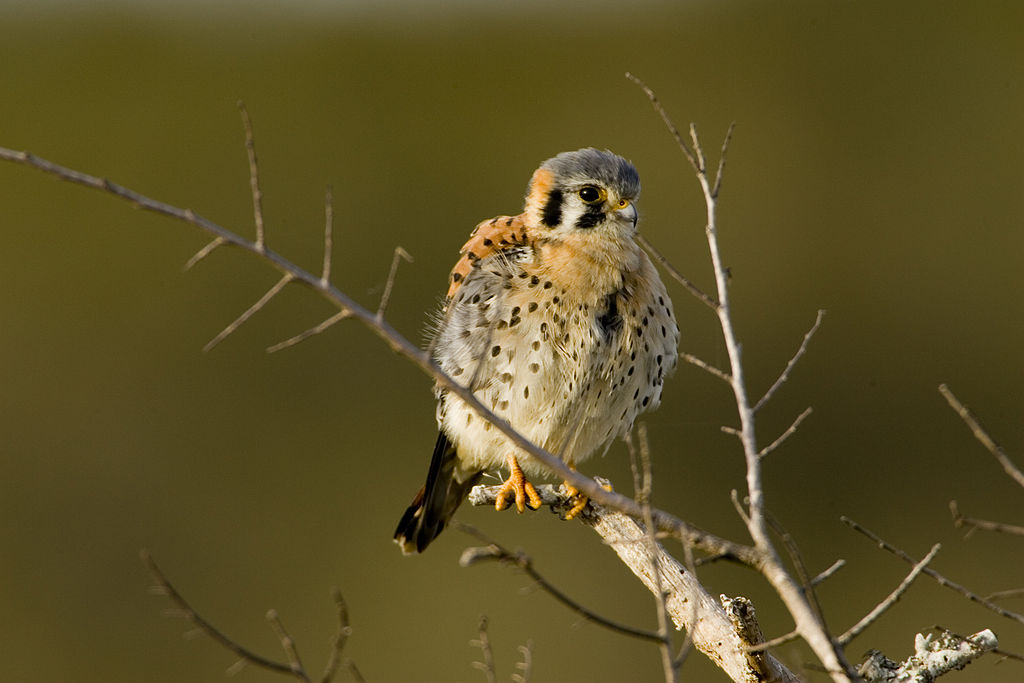Editor’s note: Echo’s Winged Wednesday series reports on expert birders’ favorite Great Lakes birds to watch. Tell us your favorites in the comments.

Male ruby-throated hummingbirds are smaller than females and have a more distinct red patch on their throat. Photo: Robin Buhl
Carl Wilms paused when Echo asked him about his favorite Great Lake birds. After a moment of consideration, he decided on the ruby-throated hummingbird.
“The ruby-throated hummingbird travels 60 miles an hour, and when it migrates in winter it can fly nonstop across the Gulf of Mexico,” Wilms said. “It’s kind of baffling as to how they do that. They come to Indiana and Michigan, Ohio and [parts of] Canada during the summer months.”
Wilms is the secretary for the Indiana Audubon Society. Another one of his favorites is the northern saw-whet owl. About the size of a curled fist, this owl has a strange reaction to danger.
“Their main defense is to hold still,” Wilms explained. “If a person is properly licensed, you can walk up to one and pick it up.”
The small owl is also capable of long migrations, though uncommon.
“One of the ones banded in Indiana, a couple years later was banded in Washington State,” Wilms said
Wilms said he also enjoys the keen eyesight and gorgeous plumage of the American kestrel – a bird of prey just a little larger than a robin.
“American kestrels are your birds of prey that sit on telephone wires on the roadside,” Wilms said. “They have an unusual ability with their eyesight to see the light given off mouse urine.”

American kestrels are some of the most common falcons in the United States. Photo: United States Fish and Wildlife Service
That may not seem a big deal that kestrels can see in the ultra-violet spectrum. But recognizing light glinting off of mouse urine helps them catch their prey.
Next week: The top Great Lakes bird picks of Richard A. Wolinski, a wildlife ecologist for the Michigan Department of Transportation.
I enjoy this Winged Wednesday section & have learned several fascinating things by reading it! Thank you! Keep up the good work!Luanne J